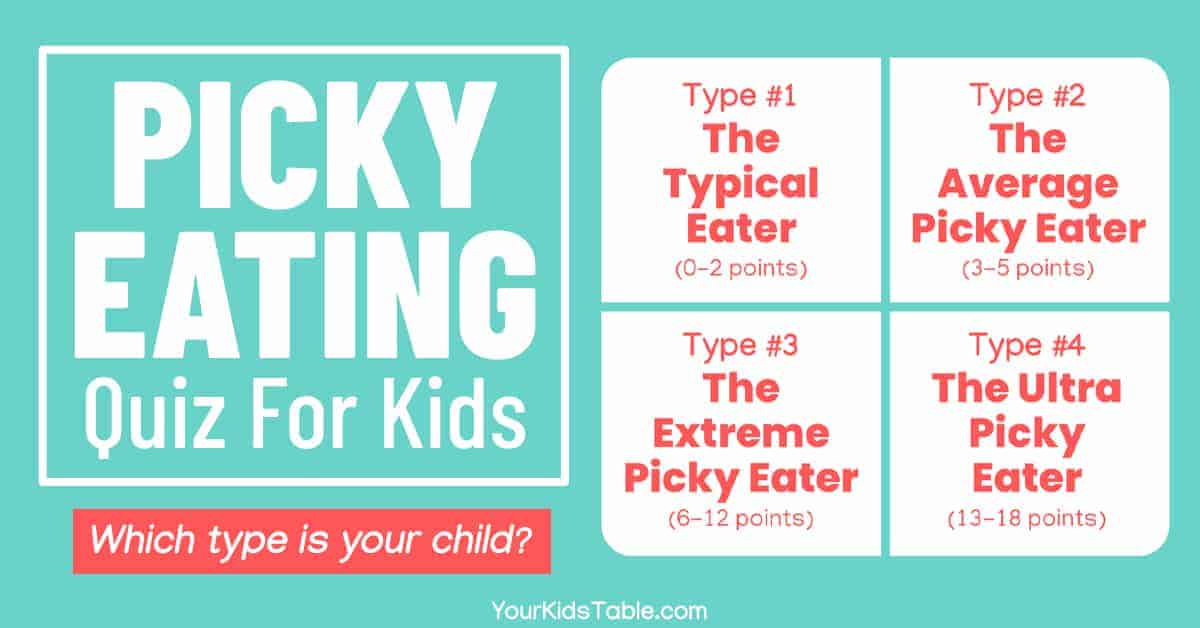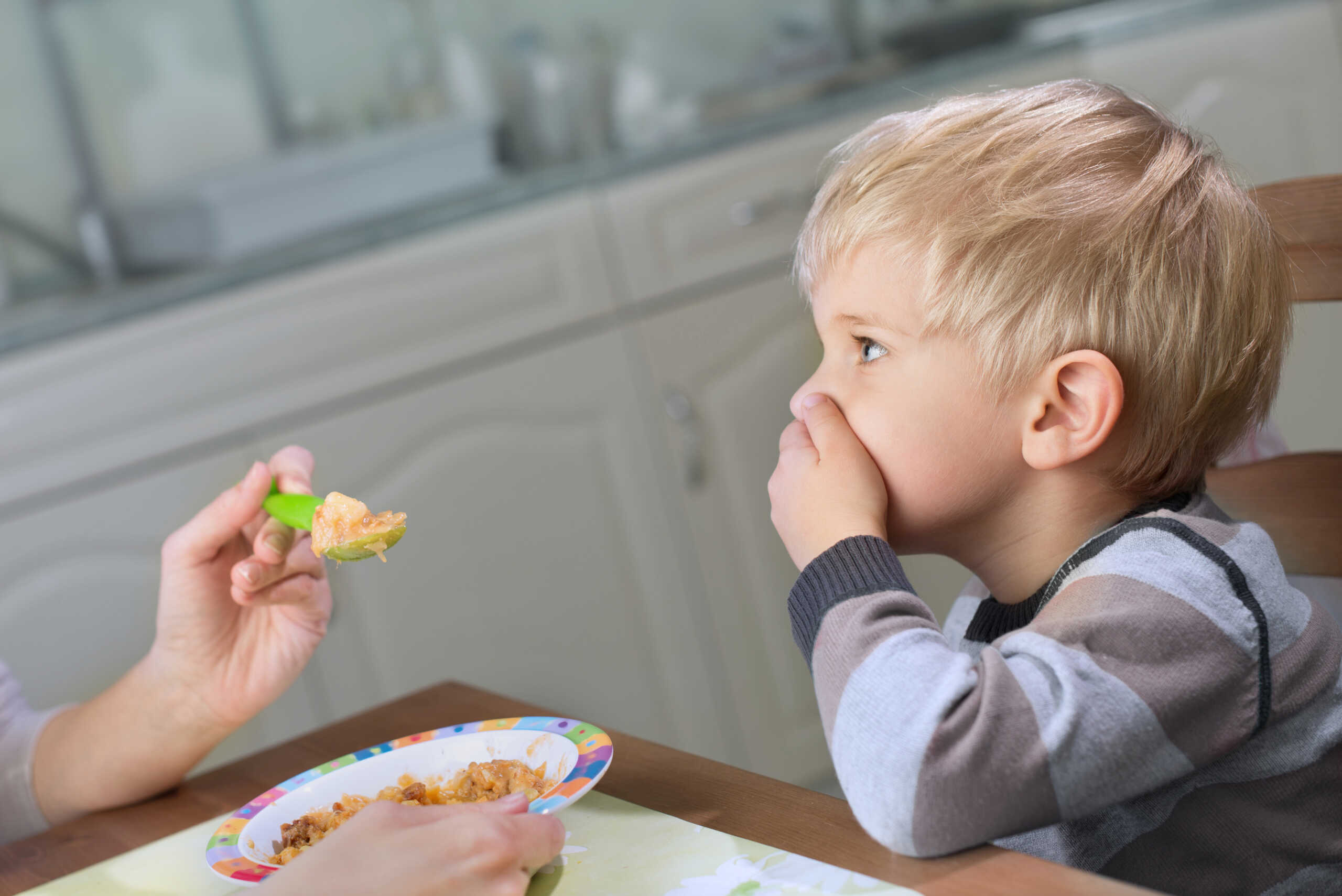- ABA Vibes
- Posts
- Food Programs
Food Programs
November, 2023
ABA Vibes: The Do’s and Don’ts of Food Programs
Hello ABA Vibes Community,
Welcome to the second edition of this monthly ABA newsletter that aims to help practitioners and parents stay up to date with research, news, learning, and more within the field of Applied Behavior Analysis!
With Thanksgiving around the corner, lets discuss food programs and some effective methods for appropriately introducing a food program without causing harm to the learner. Read more to find out how you can support your picky eaters when it comes to eating new foods and making healthy choices!
Today’s newsletter will include the following:
💡 What is a Food Program?
🔬 Behaviors Associated with Extinction-Based Treatment of Pediatric Food Refusal in a Recent Behavioral Interventions Article
📰 News: Autism Prevalence Among Adults More Than Doubled, and 5 Common Responses to an Adult Autism Diagnosis
🌟 Creator Highlight: Advice from a BCBA Health Coach
✂️ A Fun Fall Craft 🍁
🎓️ Resources to Learn More (and get those sweet CEUs!)
😆 Read Till the End for a Monthly Meme!
💡 The Learning Zone: What is a Food Program?
A food program is a planned process used to increase a learners acceptance of foods of various flavors, textures, shapes, colors, and smells, when they display food refusal, refusal to self-feed, and food selectivity.
Before implementing a food program with a learner that refuses a majority of foods or specific types of foods, a medical professional should be consulted to rule out medical or biological variables. If the learner is diagnosed with a food related condition or disorder, this should be treated prior to any ABA intervention being implemented.
Once consultation with a medical professional rules out the possibility of medical variables related to the learners food intake, ABA professionals should consult with OT, SLP, and/or food specialists to determine if the learners aversion to food is related to sensory aversion, oral motor function, and to assess the learners nutritional status.
Once the learner is medically cleared, and appropriate collaboration has been conducted, ABA may be used implement food programming with continuous collaboration with relevant professionals and individualized to the learners needs.
Some effective methods for implementing food programs include:
Shaping Across Topographies: Have the learner eat new foods by successively completing: look at, touch, smell, touch to lips, touch to teeth, touch to tongue, bite and spit out, eat small bite. Reinforce each step until they can readily accept eating the food.
Edible Reinforcement: Although it is not typically recommended to use edible reinforcement, when implementing food programs, this seems to come naturally to us as “first vegetables, then dessert”. Have your learner finish a small bite of a new/non-preferred food to earn a small bite of a preferred food.
Non-Contingent Continuous Reinforcement: Have the learner try new foods while also watching a preferred TV show or playing with a fun toy.
Simultaneous Presentation: Present the new foods simultaneously with preferred foods. For example, if the learner loves grilled cheese, add small pieces of bacon or turkey to half of the grilled cheese. If they love peanut butter, try apples dipped in peanut butter!
Above all, avoid forcing the learner to finish a food they are refusing (escape extinction), as this does not respect client assent and will only add stress to the journey of trying new foods. To this day, I will not eat eggplant after being forced to eat it when I was a child and sent to bed without dinner upon spitting the eggplant out in the toilet.
🔬 Literature Review:
In the linked article, “Further examination of behavior during extinction-based treatment of pediatric food refusal”, researchers reviewed records from a day program for the treatment of pediatric feeding disorders for 154 children to evaluate the children’s behavioral responses to an escape-based feeding program.
The feeding program consisted of the therapist presenting a utensil or cup to the child’s lips and stating “take a bite/drink”, then delivered praise after acceptance. “The therapist moved the utensil to the corner of the participant's mouth during any coughing, gagging, or vomiting and then moved the utensil back to the center of the participant's lips when the participant was no longer coughing, gagging, or vomiting.” “The therapist kept the utensil touching the participant's lips until the participant opened their mouth, and the therapist deposited the bite or drink inside the mouth or until the predetermined session-time cap elapsed (e.g., 10 min).” “If the participant was expelling at the subsequent presentation interval, the therapist continued to re-present the bite or drink while instructing the participant to, “Swallow your bite (drink)” approximately every 30 s or until the bite or drink remained in the mouth for at least 3 s.” (Engler et al., 2023, p. 10).
The researchers acknowledge that “[a]lthough extinction-based treatments are well supported, results of basic and applied research have demonstrated that extinction may be associated with a range of undesirable side effects. Side effects can include extinction-induced aggression, increases in emotional responding, and extinction bursts”. (Engler et al., 2023, p. 2).
Imagine somebody holding food up to your mouth and stating “swallow” every 30 seconds for 10 minutes, or keeping food at the corner of your mouth while you are vomiting. It is no surprise that this method is met with aggression and emotional responding from the learners.
“The authors found that extinction bursts of inappropriate mealtime behavior occurred across few of the reviewed data sets (i.e., only six of 90), while increases in negative vocalizations from baseline occurred more often (i.e., 65 of 90). In addition, we found an increase in active acceptance (40 of 90) and mouth clean (63 of 90) across many of the data sets.” (Engler et al., 2023, p. 3).
If a majority of the children are engaging in negative vocalizations among other behaviors, in response to a extinction-based feeding program, with with less than half of children showing an increase in acceptance of foods, it is clear that escape-based feeding is not an effective or appropriate method for increasing food acceptance. If you see this type of escape-extinction program being run during ABA sessions, and it is not medically necessary to the learner’s health, please discuss other options with the BCBA who prescribed this treatment plan.
This is an open access article under the terms of the Creative Commons Attribution License, which permits use, distribution and reproduction in any medium, provided the original work is properly cited.
📰 In the News:
🌟 Creator Highlight: Written by Yara Sarah, MA, BCBA
Hi!
My name is Yara, I am a behavior analyst and a new mom! I’ve been working with children for over 10 years and have loved it. My newest passion is working with women to improve their relationship with food and their body. I was a yoyo dieter throughout my 20s so I have been there. I now have a great relationship with food where I’m not constantly thinking about what I’m going to eat. I also became a personal trainer because I’m passionate about strength training and it’s immense benefits.
I will be sharing three pieces of advice for parents to implement to shape and set their children’s relationship with food for success!
Don’t label foods as good or bad. This will only lead to a black and white understanding of foods. Food does not have a moral compass. There is less nutritious foods and more nutritious foods. I encourage you to focus more on the contents the food has instead. For example, fruit has lots of fiber, that helps us poop better!
To prevent your child from being “picky” with foods, be consistent with introducing a variety of foods. Continue to introduce new foods and model eating them for your child. You can shape their eating behavior by simply encouraging playing with foods.
Teach your children about macronutrients. For most of my life I winged it or had a diet do the work for me. When I learned what carbs, fats, and protein do for my body, I made more informed choices.
I hope this was helpful and I wish you all a great holiday season. For info on my services please send me a DM @datanotdiets or visit my website www.datanotdiets.com
✂️ Craft Corner: Framed Leaf Rubbing for Fall
Make a framed leaf portrait with your learners using colored pencils, leaves, sticks, and paper. Full instructions available here! |  |
🎓️ Learn More:
🤣 Monthly Meme:

Reply to this email if you would like to request a theme or topic for an upcoming newsletter, if you have any content you would like to be shared in a future newsletter, or with any comments, questions, or concerns. We would love to hear from you!


